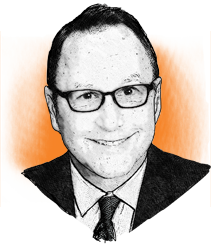May 19, 2017 PAO-M05-17-NI-017
Spending on prescription drugs fell in 2016 as payers continued their efforts to limit price increases and drug manufacturers sharpened their pencils, responding to competition, according to QuintilesIMS Institute’s most recent study on medicine use and spending in the United States.
Even though drug spending grew some 4.8% in 2016, representing $323 billion, the rate of growth was halved compared to the prior two years. QuintilesIMS Institute attributes the slowing to a number of factors, explaining that the “surge” of innovation and new therapeutic agents took a break in 2016, noting that half as many new drugs were launched that year.
Regardless, the study confirms that drugs introduced over the past two years are driving “at least half of total spending,” on cancer, diabetes, immune system related disorders and other chronic conditions. Highlighting a robust pipeline, Institute analysts are optimistic that the late-phase pipeline consisting of “more than 2,300 novel products,” will fuel a 2%-5% CAGR through 2021 with spending reaching as much as $405 billion.
In its report “Medicine Use and Spending in the U.S. — A Review of 2016 and Outlook to 2021,” QuintilesIMS Institute highlighted four trends, finding that:
Murray Aitken, Senior Vice President and Executive Director of the QuintilesIMS Institute explained that understanding the dynamics of the healthcare landscape is exceptionally critical right now. According to Aitken, “After a year of heated discussion about the cost and affordability of drugs, the reality is that after adjusting for population and economic growth, total spending on all medicines increased just 1.1 percent annually over the past decade.”

Steve offers the life science industry insight and perspective from his more than 30 years of editorial, corporate and agency communications experience. Drawing from tenure as a lead communicator and media relations director for one of world’s largest technology and engineering companies, as well the editorial leadership of industry-leading B2B journals serving the energy, transportation and pharmaceutical sectors, including Pharmaceutical Manufacturing magazine, Steve delivers brand strategy, market-moving content and decision support. Steve holds a Bachelor of Science degree from Ohio University.